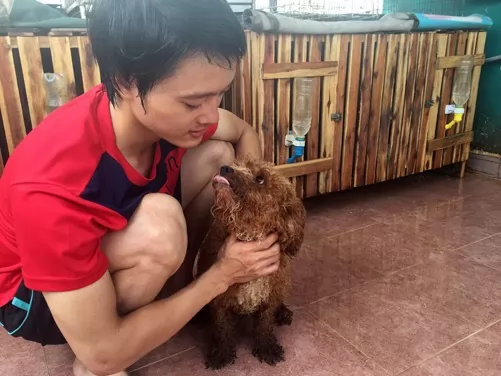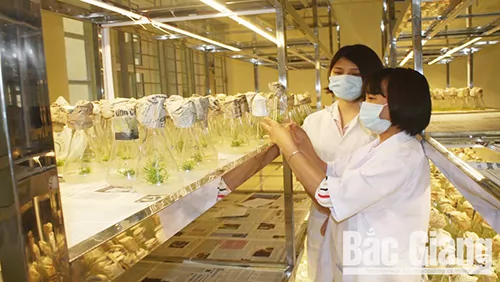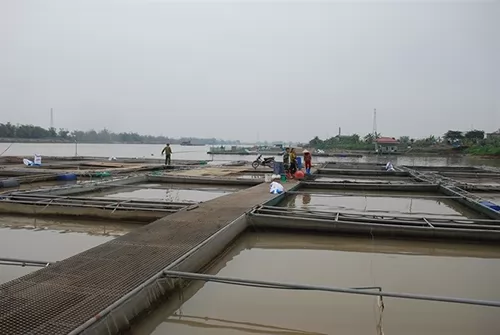Delta authorities improve management of tra fish breeding areas
VietNamNet Bridge – Authorities in the Cuu Long (Mekong) Delta have tightened management of breeding areas for tra fish as prices continue to rise.
Can Tho, improve management of tra fish breeding areas, Vietnam economy, Vietnamnet bridge, English news about Vietnam, Vietnam news, news about Vietnam, English news, Vietnamnet news, latest news on Vietnam, Vietnam

Harvesting tra fish in Can Tho City’s Thot Not District. - VNA/VNS Photo Thanh Liem
More farmers are breeding the fish because of the high price, but authorities have told them to not breed the fish in unzoned areas as there are threats of disease outbreaks and reduced productivity.
The price of adult tra fish and fingerling tra fish have been stable since early last year, resulting in many farmers switching to breed the fish.
The price of adult tra fish is VND32,000 – 33,000 (US$1.4 – 1.6) a kilogramme, up VND1,000 – 2,000 a kilogramme against last month.
In Long An Province, the People’s Committee has ordered local authorities in Tan Hung, Vinh Hung and Thanh Hoa districts and Kien Tuong Town to warn local rice farmers not to breed fish in unzoned areas.
Many farmers in the districts and town began turning their paddy fields into tra fish breeding ponds late last year.
In Long An’s Tan Hung District, the fry fish breeding area has increased from 500ha late last year to nearly 800ha.
Farmer Vo Van Liep in Tan Hung District’s Hung Dien B Commune says the profit from breeding tra fries is many times higher than that from rice.
Each hectare of tra fry fish can yield a profit of VND300 – 400 million ($13,200 – 17,600) after three months of breeding, while the profit from rice is VND20 million ($880) per hectare for each three-month crop.
The Long An Province People’s Committee has also instructed its Department of Agriculture and Rural Development to review its aquaculture zoning plan and work with localities to determine which aquaculture areas have water and land resources suitable for breeding the fish.
In Dong Thap Province, the province’s Department of Agriculture and Rural Development has petitioned the province’s People Committee and the Tan Hong District People’s Committee to stop the digging of new tra fish ponds in unzoned areas in Tan Hong.
Tan Hong District and Hong Ngu Town have the largest new tra fish breeding areas in Dong Thap.
Farmers in Dong Thap, the delta’s largest tra fish producer, have turned more than 100ha of rice fields into tra fish ponds so far this year, according to the province’s Department of Agriculture and Rural Development.
In the delta, tra fries are bred mostly in Dong Thap, An Giang and Long An provinces.
Dong Thap has produced more than 164 million of tra fingerling in the first three months of the year, down 44 million fries against the same period last year because of unfavourable weather.
Dong Thap supplies its tra fingerling to local farmers and nearby provinces and Can Tho City.
Ho Thanh Dung, deputy director of the Dong Thap Department of Agriculture and Rural Development, said the price of tra fingerling, about 30 fingerling a kilo, was at VND70,000 a kilo, up VND31,000 against the same period last year.
Dong Thap has 207,000 tra fish breeders which have produced fries since 2013.
The Dong Thap Department of Agriculture and Rural Development has asked tra fry producers to gradually replace old tra fish breeders to improve the quality of fries.
The delta produced about 373,400 tonnes of adult tra fish in the first four months of the year, an increase of 9 per cent year-on-year, according to statistics from the Delta’s provinces and Can Tho.
Source: VNS
Maybe you are interested

Pet breeding a popular business in Bến Tre Province
Viet Nam News | BEN TRE – Many residents in the southern province of Bến Tre are raising dogs and other pets, gaining significant achievements and respectable profits.

Cross-breeding, piloting many new varieties of plants and animals
Determining agriculture as an important production sector that contributes to local socio-economic development, in recent years, Bac Giang province...

Hanoi\\\'s pond and lake pollution reaches alarming levels
VietNamNet Bridge - The natural conditions in Hanoi are favorable for aquaculture with 4,327 hectares of lakes and rivers which allow the farming of fish in cages.





